Travel Photography Posts on Crowch
Cascading wonders hidden in the heart of the Caucasus
Georgia, with its towering mountains and lush valleys, is a land where water sings its eternal song. Among the country’s greatest natural treasures are its waterfalls—hidden gems that tumble from rocky cliffs, whispering legends and refreshing the soul. Each cascade tells its own story, shaped by time, tradition, and the unyielding force of nature.
Dashbashi Canyon Waterfall – A Curtain of Emerald Beauty
Located in the Dashbashi Canyon near Tsalka, this waterfall is one of Georgia’s most breathtaking natural spectacles. Surrounded by moss-covered cliffs and turquoise pools, it feels like stepping into another world. The sound of rushing water fills the canyon as if nature itself is performing a timeless concert.

Kinchkha and Okatse Falls – Giants of Imereti
In the Imereti region, the Kinchkha Waterfall drops from a staggering 100 meters, making it one of the tallest in Georgia. Nearby, the Okatse Canyon offers visitors narrow trails and thrilling views, where waterfalls crash into deep blue basins below. These giants remind us of nature’s strength and Georgia’s wild spirit.

Shdugra Falls – The Highest in the Caucasus
Hidden in Svaneti, the land of stone towers and ancient legends, lies Shdugra Falls, considered the highest in the Caucasus. Surrounded by snowy peaks, it is not just a natural wonder but also a place where myth and reality meet. Travelers often describe it as a place of silence broken only by the thunder of water.

Gveleti Waterfalls – Guardians of Kazbegi
Close to Stepantsminda, in the dramatic landscapes of Kazbegi, the Gveleti Waterfalls cascade gracefully down the cliffs. Their name, meaning “place of snakes,” recalls old village legends, but today, they are celebrated as some of the most photogenic waterfalls in the country.

Where Water Meets Culture
Visiting these waterfalls is not just about the scenery—it is about feeling Georgia’s soul in motion, where the elements of earth and water dance together. Locals often combine such trips with traditional picnics, enjoying fresh bread, cheese, and wine under the echo of falling waters, creating a memory that is as authentic as it is timeless.
And as Georgia looks forward to Junior Eurovision 2025 in Tbilisi, these waterfalls stand as perfect metaphors: just as the water flows with energy and life, so too will music and young voices flow through the capital, uniting cultures and celebrating beauty in all its forms. Votes: https://crowch.com/vote/2919/statistic/ https://crowch.com/vote/2918/statistic/ https://crowch.com/vote/2895/statistic/
Sources: https://www.georgianholidays.com/attraction/natural-landmarks/kinchkha-waterfall https://georgia.travel/tsalka-canyon
In 2025, F1 Fan Festivals return with more cities, more excitement, and more ways for fans to connect with the world of Formula 1 — without ever stepping foot on a racetrack. These free public events transform city streets into open-air celebrations of speed, sound, and F1 culture.
What Is an F1 Fan Festival?
It’s a Formula 1 experience held in major global cities, featuring:
- Live show runs of F1 cars on city streets
- Meet-and-greets with drivers and team members
- Autograph and photo sessions
- Interactive exhibits and race simulators
- Fan challenges, games, and giveaways
- Live music and performances from top artists and DJs
Cities are turned into full-scale fan zones — with engine roars, tire smoke, and passionate supporters everywhere.

F1 Fan Festivals 2025 Calendar (preliminary):
- Tokyo, Japan — April (before Japanese GP)
- Miami, USA — May (during Miami GP week)
- London, UK — July (before British GP)
- São Paulo, Brazil — November (leading up to the Americas finale)
- Dubai, UAE — December (during season finale)

Why Attend a Fan Festival?
For thousands of fans, this is a first-time chance to:
- Hear the sound of an F1 car live
- Try racing simulators and challenge real lap times
- See historic championship-winning machines
- Feel the energy of a paddock — without a race ticket
Fan Festivals are free to attend, family-friendly, and filled with unforgettable moments that bring fans closer to the sport they love.
Carpooling and Rideshares
BlaBlaCar is Europe’s leading rideshare platform. It connects drivers with passengers on similar routes:
- Cheaper than trains and often faster
- Great for meeting locals and discovering off-the-beaten-path places
- Available in countries like France, Spain, Germany, Italy, and Poland
Tip: Check user ratings and verify details before booking a ride.
5. Urban Transport: Getting Around Cities
- Most European cities have excellent public transport (metro, trams, buses)
- Use apps like Moovit, Citymapper, or Transit for real-time directions
- Many cities offer daily or weekly passes that save money over single tickets
- For short distances, try shared e-scooters (Tier, Lime, Bolt) or bike rentals
Tip: In smaller cities, walking is often the best (and most enjoyable) way to explore.
6. Ferries and Boats
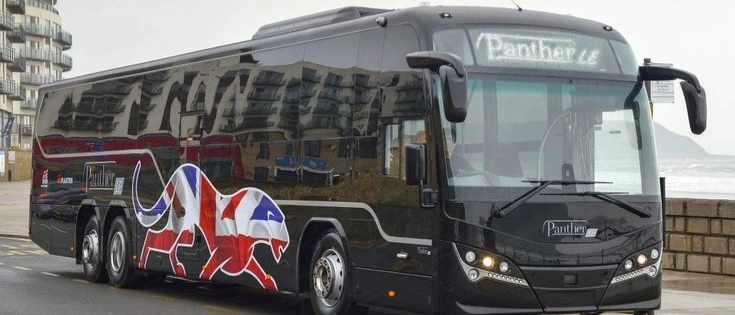
In countries like Greece, Italy, Croatia, and Scandinavia, ferries are essential:
- Book tickets for inter-island or coastal travel through Direct Ferries, Ferryhopper, or local operators
- Ferries may be slower than flights but offer a scenic and relaxing experience
- Some night ferries include cabins — saving on hotels
Final Thoughts
Traveling across Europe doesn’t have to be expensive. With dozens of transportation options — from budget flights and buses to trains and ferries — you can build a route that fits your schedule and your wallet. The key is to plan ahead, stay flexible, and always compare options.
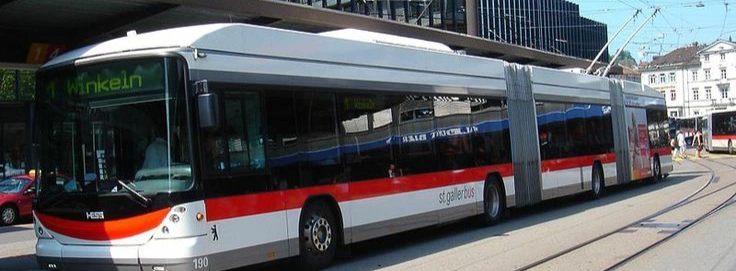
Whether you’re backpacking for a month or taking a quick weekend escape, smart transport choices will help you go further, see more, and spend less.
Turkey enforces strict IMEI regulations. If a foreign phone connects to Turkish networks for more than 120 consecutive days, the government may automatically block the device from accessing mobile services — including eSIM connections. This applies regardless of whether you're using a physical SIM or a digital eSIM.
To prevent blocking, long-term visitors (expats, students, remote workers) must register their device with the Turkish government. The cost of IMEI registration in 2024 ranges from 6,000 to 9,000 Turkish lira (subject to change).
However, tourists staying for up to 3–4 months are not affected, and can use eSIM freely within the 120-day limit.
How to Set Up an eSIM for Turkey

- Choose a trusted eSIM provider, such as Airalo, Holafly, Nomad, or Ubigi
- Search for Turkey or regional plans covering Turkey and compare packages (usually 1–20 GB, valid for 7 to 30 days)
- Purchase your plan and receive a QR code or app activation instructions
- Install the eSIM through your phone settings (e.g., Settings → Mobile Data → Add eSIM)
- Make sure you are connected to stable Wi-Fi during activation
Coverage and Network Performance
Most international eSIM providers partner with major Turkish carriers:
- Turkcell (best overall coverage and speed)
- Vodafone Turkey
- Türk Telekom
When possible, choose plans that specify Turkcell for optimal performance in both urban and rural areas.
Tips for a Smooth Experience

- Check that your phone is unlocked and supports eSIM
- Install the eSIM before departure, or immediately upon arrival using hotel Wi-Fi
- Do not delete the eSIM profile once installed — most cannot be reinstalled
- Keep a copy of the QR code or activation link in case of reinstallation
- Compare multiple providers — pricing, data limits, and speed can vary significantly
Special Offer
Planning to visit Turkey soon?Get 10% off any eSIM plan for Turkey or 190+ other countries using promo code ESIMTR10 at checkout on [insert your platform or link here].
Whether you’re visiting for a week of sightseeing or a month of remote work, eSIM is a smart and hassle-free way to stay online in Turkey — without the need for local SIM cards, paperwork, or waiting in line at the airport.
Fast connection, fair prices, full freedom — travel smarter with eSIM.
Traveling across Europe by rental or personal car offers freedom, flexibility, and access to hidden corners of the continent. However, parking is one of the most overlooked — and often most challenging — aspects of road travel. Each European country has its own set of rules, zones, payment systems, and restrictions, so understanding them in advance can save you money, stress, and potential fines.
In most European cities, parking in central areas is either paid or time-limited. Historic centers are particularly strict, often covered by limited-access zones such as ZTL (Zona a Traffico Limitato) in Italy, Umweltzone in Germany, or Low Emission Zones in the Netherlands and other countries. Entering these zones without the appropriate permit or payment can result in fines ranging from €50 to €150 — usually charged automatically to rental customers by the agency.
There are generally three types of parking: street parking, enclosed car parks (garages), and Park & Ride facilities.Street parking is often color-coded: white lines indicate free parking, blue means paid parking, and yellow typically marks restricted or reserved areas (residents or official use only).Enclosed car parks — found near shopping centers, under public squares, or by train stations — are usually paid but convenient. They work on an hourly system and are equipped with payment machines that accept cards, cash, or app payments. These facilities are especially useful in tourist-heavy areas where street parking is limited.

Park & Ride systems allow drivers to leave their cars on the outskirts and continue into the city using public transport. This setup is especially popular in cities like Amsterdam, Vienna, Munich, and Prague. The cost of parking often includes transit tickets, helping avoid downtown congestion and high hourly fees.
Parking costs vary significantly. In smaller towns, prices start at €0.50–1.00 per hour, while in city centers of major European capitals, it may rise to €4–6 per hour. Many locations offer daily or overnight passes. Always check the signs carefully — some spaces are restricted by time or require a parking disc, especially in Germany and Austria. Not displaying the disc may result in a fine.
Highways and long-distance routes across Europe feature roadside rest areas known as Rastplatz (in German) or Aire (in French). These are free to use and offer parking, restrooms, picnic areas, and sometimes fuel and food options. They are ideal for road trips involving overnight drives or cross-country travel.
Digital parking systems are increasingly common across Europe. Apps like EasyPark, Parkopedia, PayByPhone, and others allow drivers to locate available spaces, pay for parking, extend time remotely, and receive notifications. These are especially useful for travelers unfamiliar with local meters or language instructions.
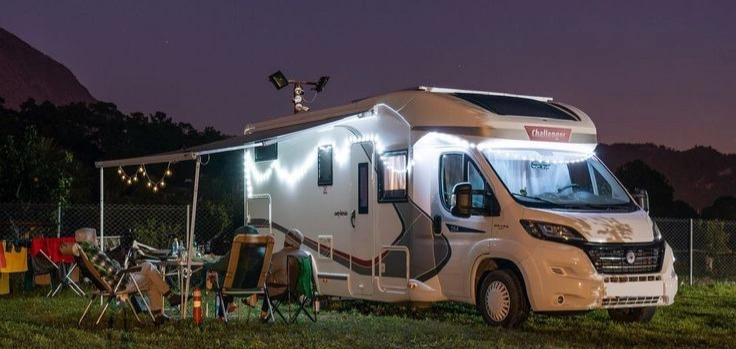
In short, understanding how to park legally and efficiently in Europe is essential for anyone traveling by car. With proper planning, awareness of local rules, and use of smart parking tools, you can avoid fines, reduce hassle, and make your road trip smoother and more enjoyable.
The bus remains one of the most affordable ways to travel across Europe. While it may be slower than trains or planes, bus travel continues to be popular among students, budget travelers, and anyone who values simplicity, flexibility, and savings.
Today, Europe’s bus network covers thousands of destinations, connecting not only major capitals but also small towns and remote regions. Intercity and international routes are well developed thanks to companies like FlixBus, BlaBlaBus, Eurolines, and many regional providers. Modern buses offer comfort that was rare a decade ago: soft reclining seats, air conditioning, onboard Wi-Fi, USB outlets, and restrooms. Many carriers also allow luggage at no extra cost.
The main advantage of traveling by bus is the price. Tickets on popular routes can cost just a few euros, especially when booked in advance. For example, a Paris–Amsterdam train might cost €60–100, while the same trip by bus could be as low as €15–25. Buses are particularly cost-effective for international travel where flights are expensive or rail options are limited. Additionally, buses often arrive directly in city centers, unlike airports that are typically located on the outskirts.
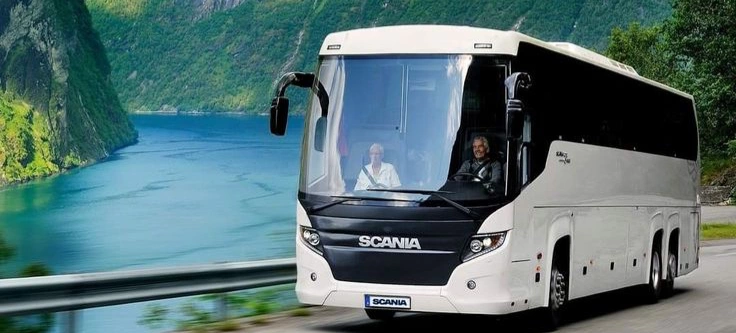
Flexibility is another major benefit. Most routes run daily, and there are many overnight options, allowing travelers to save on accommodation. It’s usually easier and cheaper to change a bus ticket, cancel a trip, or book at the last minute compared to train or plane travel. In some countries, such as Germany or Poland, combination tickets (bus + local train) are available, which simplifies transfers.
However, bus travel does have its limitations. Travel times are longer, especially for cross-border trips. A journey from Berlin to Paris by bus may take 8 to 10 hours. Border crossings can cause delays, particularly when entering or exiting non-Schengen countries. On holidays and peak days, buses may be crowded, and traffic can increase travel times significantly.
Service quality also varies by operator. Major companies like FlixBus and BlaBlaBus maintain consistent standards, upgrade their fleets regularly, and provide mobile apps to track departures. Smaller providers may use older buses and offer limited customer support. It’s a good idea to read reviews before booking and to carefully review schedules, especially for overnight trips and arrival times.
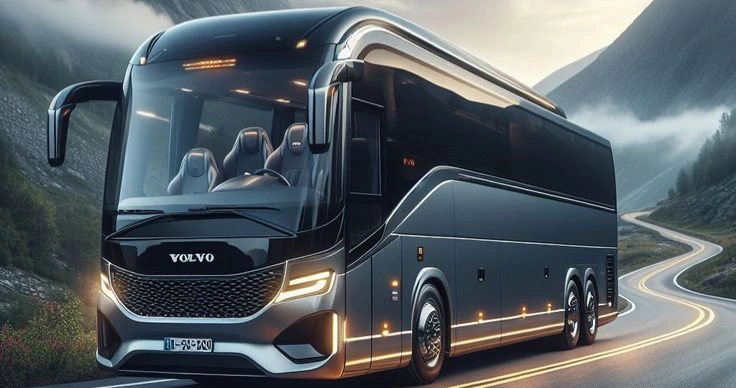
Overall, bus travel is an excellent option for those who prioritize budget, aren’t in a rush, and want flexibility. It’s a convenient way to discover Europe, especially if your route includes lesser-known but equally interesting locations. Traveling by bus lets you watch landscapes pass by your window, travel overnight, reduce costs, and remain independent from tour packages or fixed itineraries.
If you’re planning a trip on a budget and want the freedom to explore at your own pace, buses offer a practical and proven solution. Europe has tens of thousands of routes available online, with transparent prices and clear booking systems. All you need to do is pick a direction and hit the road.
Train travel is one of the most popular and comfortable ways to explore Europe. The continent’s extensive railway network connects major cities, small towns, and even remote regions. A train journey is not just a means of transport — it’s part of the experience: an opportunity to enjoy scenic landscapes, avoid the stress of airports, and travel at a pace that allows for both comfort and immersion.
Europe offers a wide range of routes, from high-speed trains that cover vast distances in just a few hours to regional lines where the journey itself becomes the highlight. High-speed services like TGV, ICE, Eurostar, Thalys, and Frecciarossa link cities such as Paris and London (in just 2.5 hours), Madrid and Barcelona (around 2.5–3 hours), or Milan and Rome (a bit over 3 hours). These trains often compete with flights in terms of total travel time, but they far exceed them in convenience, with central stations and minimal boarding procedures.
For slower, more atmospheric trips, regional train lines are a perfect choice. These routes pass through less-touristy but equally beautiful cities and villages — particularly in Switzerland, Austria, Italy, and Scandinavia. Scenic trains like the Glacier Express, Bernina Express, and Golden Pass have become world-famous thanks to their breathtaking Alpine views, lakes, vineyards, and mountain valleys. They’re ideal for travelers who value nature and a relaxed pace.
Train travel is also an environmentally responsible option. Rail is considered one of the most sustainable modes of transport in Europe. The EU continues to invest heavily in railway infrastructure, expanding both daytime and overnight services. Many routes that were once closed are being revived, including popular night trains linking major cities. For example, the Austrian Nightjet service now connects Vienna, Berlin, Paris, Amsterdam, and Rome.

For those planning to visit multiple countries, passes like Interrail (for European residents) or Eurail (for non-Europeans) offer a great solution. These passes allow unlimited travel within a certain number of days across dozens of countries. It’s a convenient option for flexible, spontaneous itineraries that don’t require rigid planning.
Another advantage of rail travel is the simplicity and comfort of the experience. There’s no need to arrive two hours in advance, pass through airport-style security, or pay for checked baggage. Many trains provide free Wi-Fi, power outlets, spacious seats, café cars, and dining compartments. In countries like Germany, France, and Spain, passengers can enjoy family zones, bike spaces, and even designated quiet areas.
Of course, train travel also has its nuances. Tickets for high-speed routes are often cheaper when booked in advance. During peak travel seasons, especially summer, trains can sell out quickly. In some countries — including Italy, France, and Spain — a seat reservation may be required even if you hold a rail pass.
Still, traveling Europe by train remains a reliable, safe, and enriching way to discover the continent. Unlike flying, trains allow you to feel the transition between regions — to see changes in architecture, language, and landscape unfold right outside your window. It’s a journey where the ride itself becomes part of the adventure.

If you’re looking for a perfect balance of speed, comfort, and memorable experiences, Europe’s railway network has everything you need — all in one ticket.
Спросить ChatGPT
Traveling across Europe has long been accessible and varied in format. Thanks to its well-developed transportation infrastructure, travelers can choose from numerous modes of transport — from high-speed trains to budget buses, from low-cost flights to carpooling and cycling routes. Each type of transport has its own features, advantages, and limitations, and the best choice depends on your route, goals, and budget.
One of the most convenient and comfortable ways to travel around Europe is by train. High-speed rail lines connect major cities in countries like Germany, France, Spain, and Italy. Systems such as Eurostar, Thalys, TGV, Deutsche Bahn, and Trenitalia allow travelers to move between countries in just a few hours — often faster than by air, considering airport check-ins and transfers. Trains depart from city centers, follow reliable schedules, and provide a high level of comfort. Those planning multiple trips can benefit from rail passes like Interrail or Eurail, which offer flexible travel across many countries.
For longer distances — for example, from London to Athens or Paris to Budapest — flights can be a more practical solution. Europe is home to a highly competitive low-cost airline market, including carriers like Ryanair, Wizz Air, easyJet, and Vueling. Booking in advance can yield tickets for as little as 10–20 euros. However, budget airlines often operate from remote airports and apply strict baggage rules with additional fees for seat selection and extras.
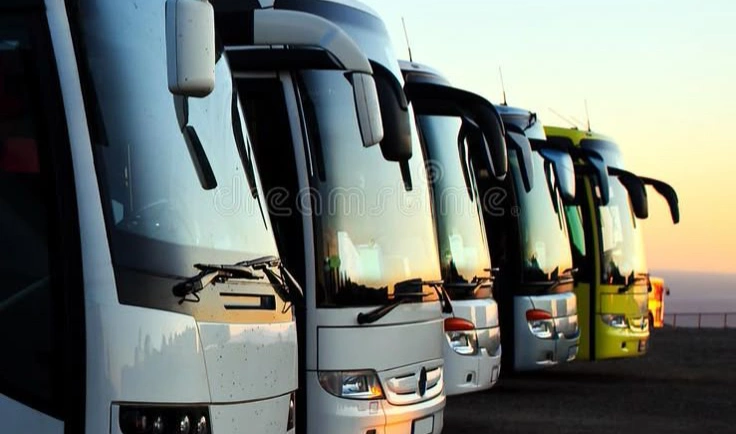
For those exploring rural areas, national parks, or mountainous regions, car rental is often the best option. Europe has a large number of rental services such as Rentalcars and DiscoverCars. A road trip offers maximum freedom, allowing spontaneous stops and access to places not served by public transportation. That said, travelers should consider fuel costs, toll roads, parking availability, and local low-emission zones.
Long-distance buses remain a reliable and affordable form of transportation. Companies like FlixBus and BlaBlaBus offer extensive route networks throughout Europe, including smaller towns. While travel time is longer compared to trains or flights, buses are ideal for budget-conscious travelers, backpackers, and students.
Carpooling — shared rides with local drivers, often arranged via platforms like BlaBlaCar — offers a mix of affordability, human connection, and flexibility. These rides are especially common within countries or between nearby cities. However, unlike scheduled services, availability may vary, especially on less popular routes or off-peak dates.
Cycling is gaining popularity as a form of travel, especially in countries like the Netherlands, Denmark, Germany, and Austria. Europe has developed an impressive network of long-distance bike routes, including the EuroVelo trails that span multiple countries. It’s an eco-friendly and immersive way to explore a region, particularly suitable for the warmer months and travelers in good physical condition.
Water transport also plays an important role in European travel. Ferries are widely used in Greece, Italy, and Croatia to connect islands and coastal towns. River cruises are popular in countries like Austria, Germany, and France, offering scenic routes along the Danube, Rhine, Seine, and more. These journeys provide not only transportation but also cultural and leisure experiences.

In conclusion, Europe offers a rich selection of transportation options for every travel style — whether you're seeking flexibility, speed, budget savings, or comfort. Combining different modes of travel can make your trip more dynamic, efficient, and memorable.
Спросить ChatGPT
In today’s world, traveling has become easier than ever before. Thanks to a variety of online platforms, anyone can independently plan a full trip from start to finish — choose a destination, buy airline tickets, book accommodation, arrange insurance, rent a car, or even put together a full tour package. The key is knowing which services are best suited for specific needs.
When it comes to booking accommodation, Booking.com remains one of the most reliable and popular platforms. It offers millions of listings worldwide — from budget hostels to luxury hotels and serviced apartments. The platform is known for its user-friendly filters, flexible cancellation policies, and Genius loyalty program. Another highly popular option is Airbnb, which allows travelers to rent directly from property owners. Airbnb offers a wide range of unique accommodations — from historical flats and modern lofts to cozy cottages and treehouses. It’s especially suitable for long-term travel or families, though travelers should pay attention to cleaning fees and service charges, and always read reviews carefully.
For booking flights, users typically rely on metasearch engines like Skyscanner, Aviasales, and Momondo. These tools compare offers from a wide variety of airlines and agencies, making it easy to find the most affordable and convenient options. Google Flights is another valuable tool — while it doesn’t process bookings, it provides dynamic pricing trends and shows alternative routes and dates. It’s ideal for the planning stage when flexibility and insights are needed.
Travelers who prefer a package holiday often turn to platforms like Onlinetours, Travelata, or Level.Travel. These services allow users to find complete vacation packages that include flights, transfers, hotel accommodation, insurance, and sometimes even visa support. The platforms offer intuitive filters for budget, travel dates, hotel type, and more. For more specialized or themed travel experiences, TourRadar is a great alternative. It offers curated trips like hiking in Iceland or wine tasting in Tuscany, provided by international tour operators.

If renting a car is part of the plan, platforms like Rentalcars, DiscoverCars, and EconomyBookings are ideal. These aggregators allow users to compare rental rates, insurance terms, and deposit requirements from dozens of providers. It’s important to read company ratings and fine print to avoid unexpected fees or conditions.
Comprehensive solutions like Expedia, Agoda, and Kayak offer the ability to book everything in one place — flights, accommodation, rental cars, transfers, insurance, and even cruises. These platforms are especially useful for complex itineraries or family trips, where convenience and consistency are crucial.
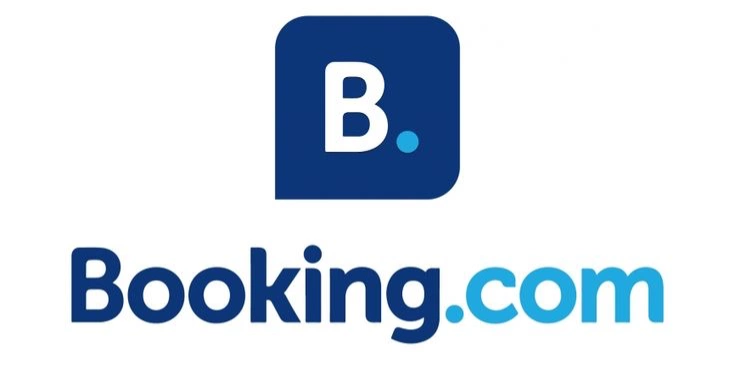
Regardless of the platform, there are some universal best practices. Always compare options across different services, check user reviews, read cancellation and refund policies carefully, and be aware of hidden charges. Using mobile apps can also unlock exclusive discounts and app-only promotions not available on desktop.
In conclusion, by 2025, all it takes to plan a great trip is a smartphone or laptop. Online platforms provide flexibility, convenience, and savings while allowing travelers to take full control of their budgets and itineraries. The key is choosing trusted services, paying attention to the details, and booking with awareness and confidence.
Description:Travel doesn’t have to be expensive. With the right approach, you can explore dozens of countries without breaking the bank. This article shares 10 practical, proven lifehacks to help you travel more often, spend less, and still enjoy a comfortable, memorable experience.
1. Plan in advanceThe earlier you start planning, the more you’ll save. Flights, accommodation, and tours are significantly cheaper when booked 1–3 months ahead. Follow airline newsletters, set up price alerts, and check aggregator sites for deals.
2. Use low-cost airlines wiselyBudget airlines offer tickets as low as €5–10, but they come with strict rules: paid baggage, seat selection, meals, etc. Travel light, skip extras, and check which airport you’re flying from—many use remote, secondary terminals.
3. Book accommodation directlyAfter finding a place on Booking or Airbnb, try contacting the host directly. Many offer a 10–20% discount if you book without a middleman—especially for longer stays.
4. Travel off-seasonAvoid high seasons like summer, Christmas, and school holidays. Off-season travel means cheaper flights, hotels, tours, and even food. You’ll also enjoy fewer crowds and a more relaxed atmosphere.
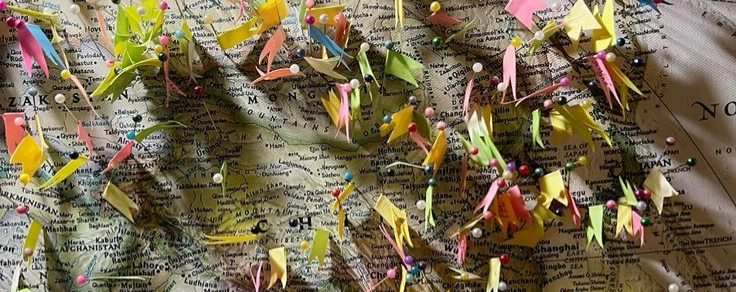
5. Use reward and cashback cardsBank cards with loyalty programs can earn you points, miles, or cashback for everyday purchases. Some travel cards even offer free international ATM withdrawals or currency conversion at interbank rates.
6. Stick to carry-on luggageFor trips up to a week, 7–10 kg is usually enough. You’ll avoid baggage fees, speed through the airport, and enjoy greater mobility. Check baggage rules in advance—size and weight limits vary by airline.
7. Use public transportationTaxis can cost 3–5 times more than local transport. Subways, buses, and day passes are budget-friendly and efficient. Many cities offer tourist transport cards with discounted fares and free transfers.
8. Eat where the locals eatRestaurants near major attractions are made for tourists—often overpriced and less authentic. Try markets, street food, and family-run cafes for real local flavor at better prices.
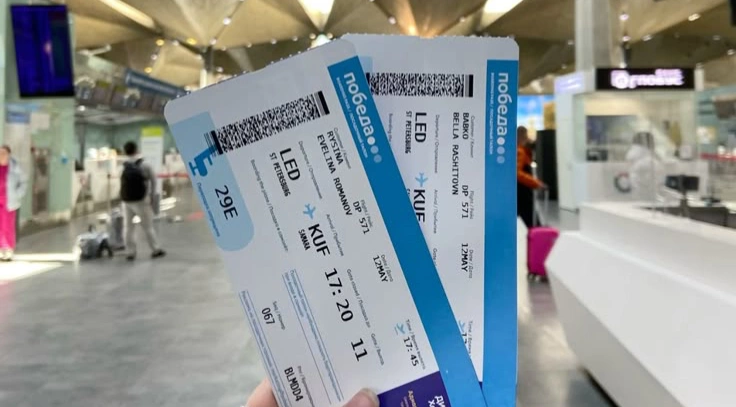
9. Avoid airport currency exchangeRates at airport kiosks are rarely favorable. Use ATMs in the city or travel cards with good exchange rates and no foreign transaction fees.
10. Set a daily budgetDecide how much you can spend per day on food, transport, entertainment, and extras. Tracking your expenses will help you avoid overspending. A simple spreadsheet or mobile app will do the trick.